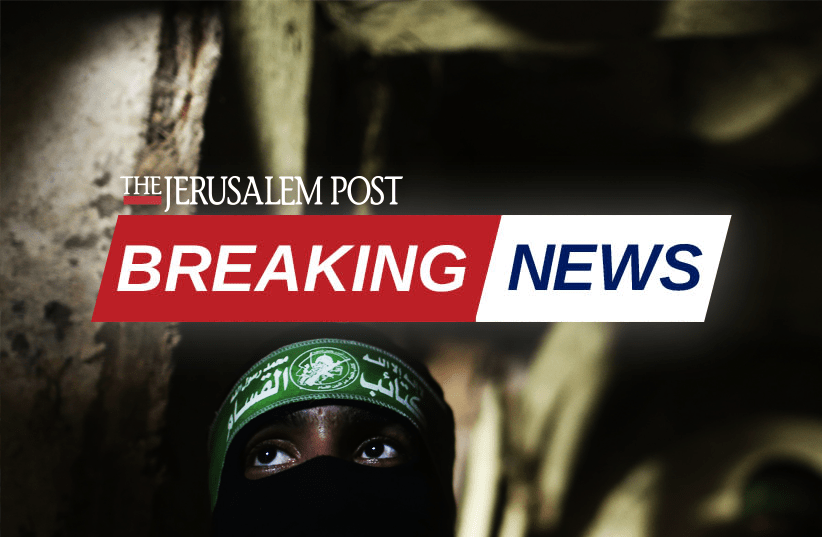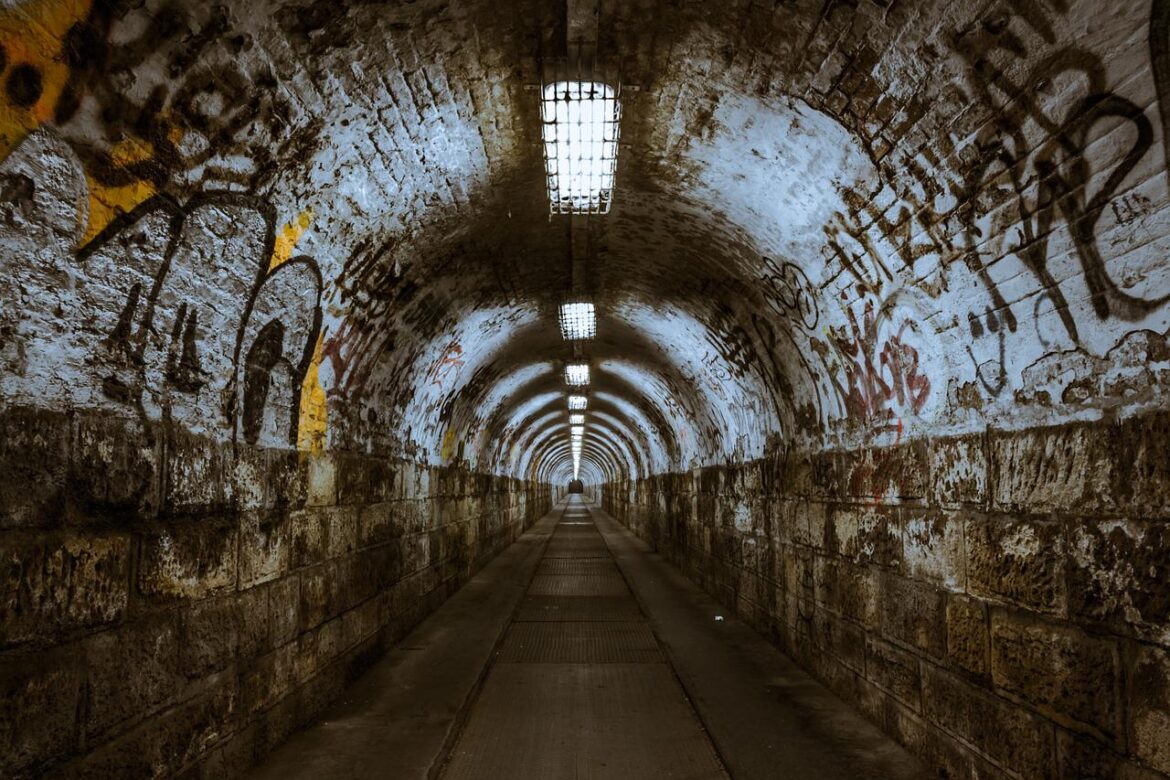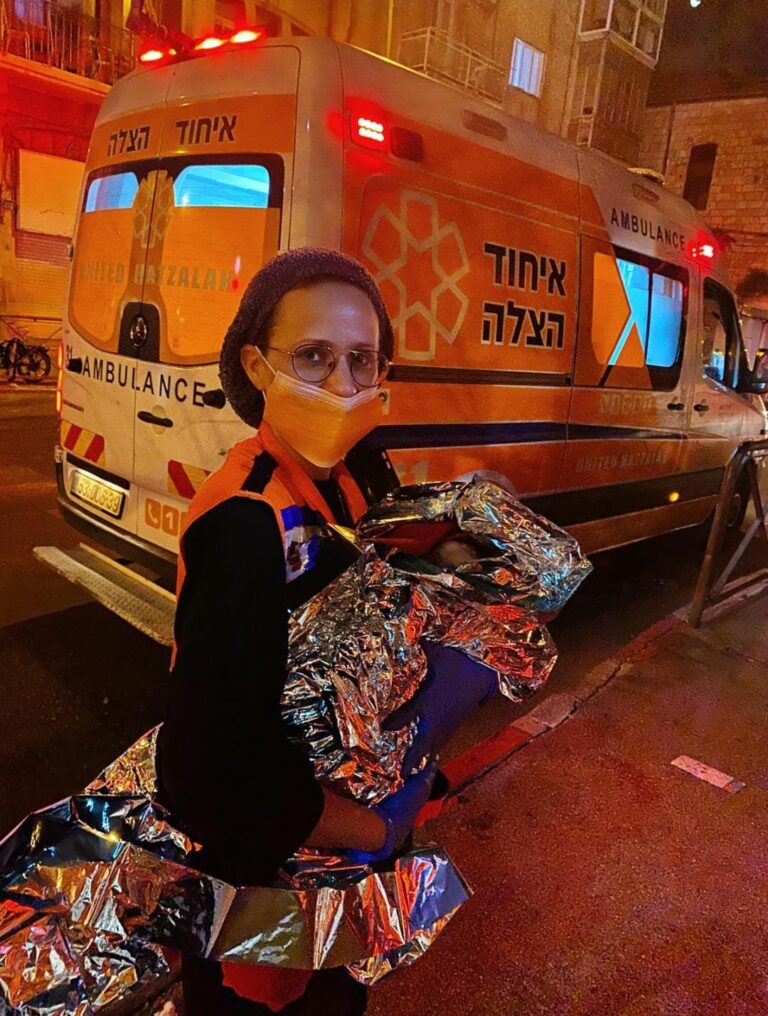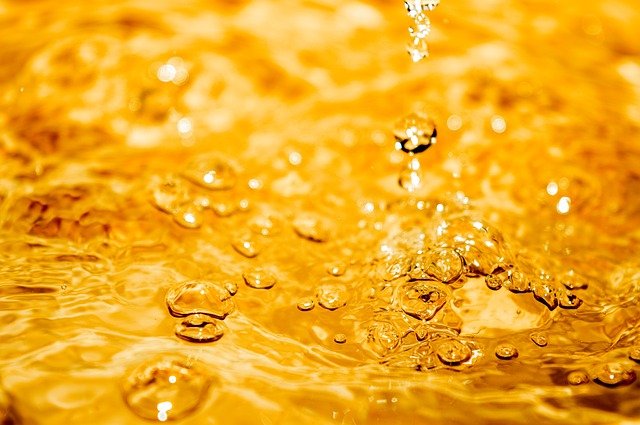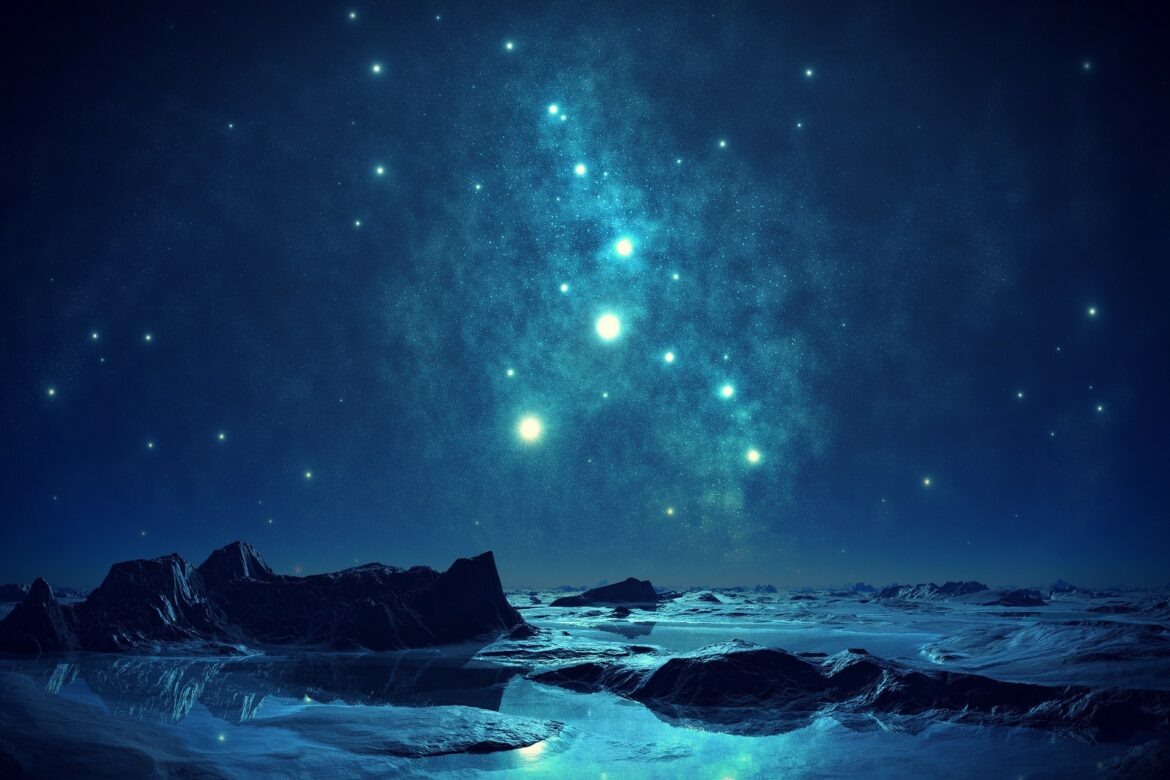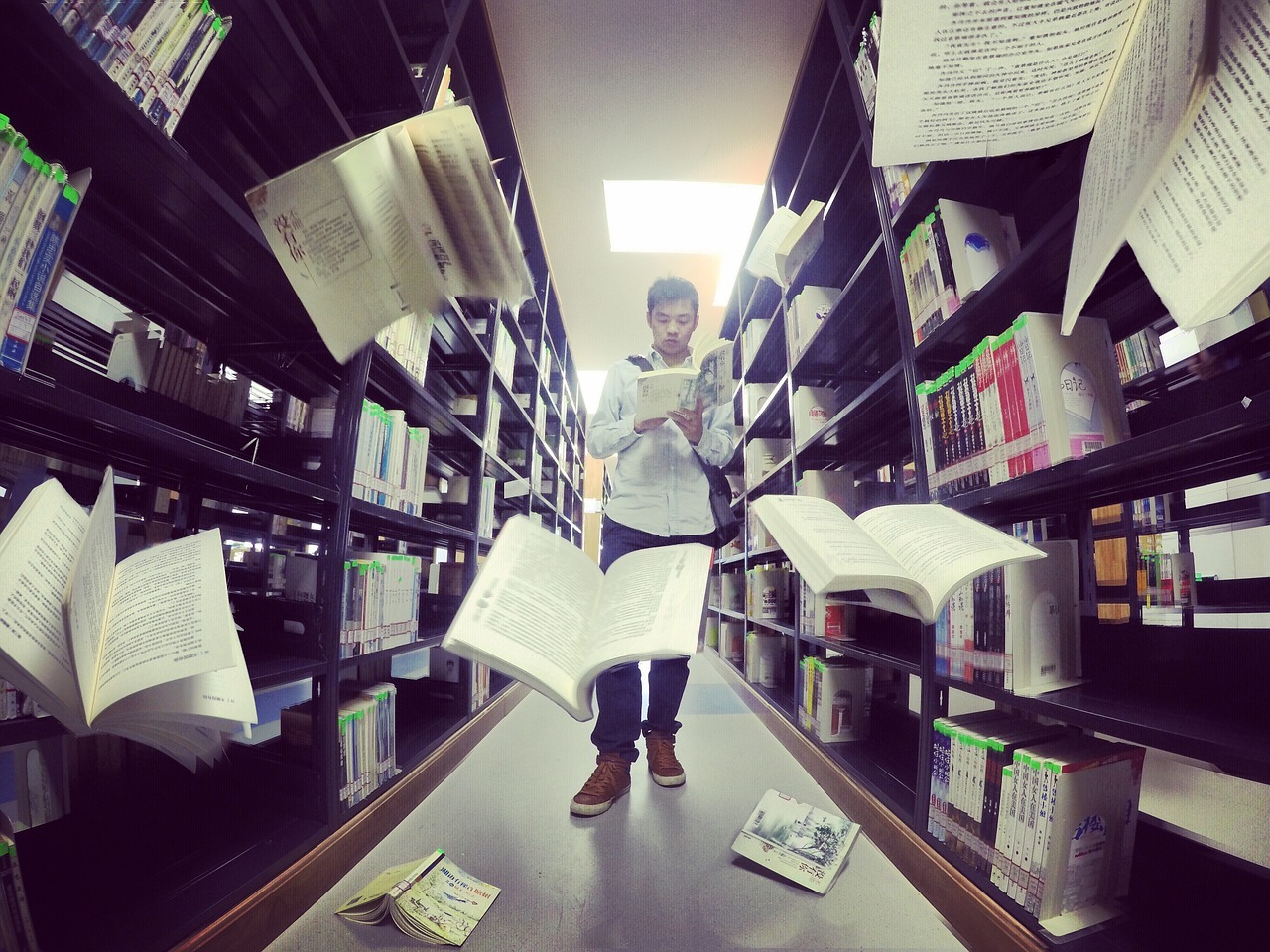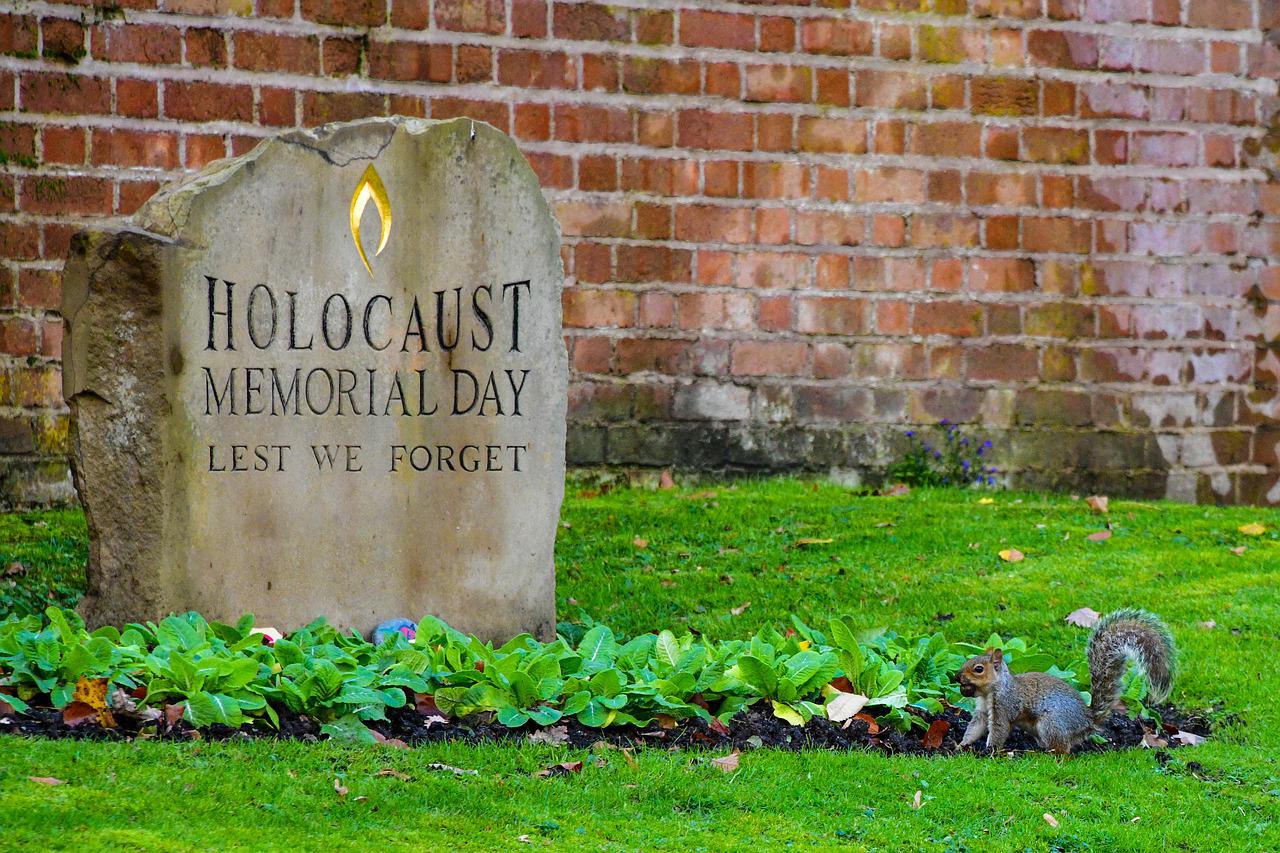WHY MALI IS A JTVC FLASH POINT
On 10 January, Mali announced to close its borders and recalled several ambassadors with ECOWAS in response to imposed sanctions on the country for deferring elections for four years. On 4 February, France’s ambassador was expelled. According to Human Rights Watch (HRW) Malian troops and suspected Russian mercenaries from the Wagner group executed around 300 civilian men in central Mali in March 2022. France had withdrawn French troops from Mali in February 2022.
The Ukraine War has seen France take a lenient attitude towards Russia, possibly for fear of upsetting its trading arrangements over oil and natural gas. Recent events in Mali have pressured the French government to take stricter measures against Russian presence in the region, at least on the political front. However, this change of policy increases prospects of conflict by proxy forces in the region with the potential to spill over into the European arena, where France a member of Nato could be pushed to take a more aggressive stance against Russia. A further factor is the fundamental Islamic nature of Mali rebels, which brings Iranian interests into the region. Russia has a back channel of communications with the Iranians. Accordingly, Mali remains as a JTVC area to focus upon, where unpredicted action could instigate a flash point.
The name Mali is taken from the name of the Mali Empire. The name means “the place where the king lives” and carries a connotation of strength. Mali is a landlocked country in West Africa, located southwest of Algeria. It lies between latitudes 10° and 25°N, and longitudes 13°W and 5°E. Mali borders Algeria to the north-northeast, Niger to the east, Burkina Faso to the south-east, Ivory Coast to the south, Guinea to the south-west, and Senegal to the west and Mauritania to the north-west.
Rock paintings and carvings indicate that northern Mali has been inhabited since prehistoric times when the Sahara was fertile grassland. Farming took place by 5000 BC and iron was used around 500 BC.The rock art in the Sahara suggests that northern Mali has been inhabited since 10,000 BC, when the Sahara was fertile and rich in wildlife. Early ceramics have been discovered at the central Malian site of Ounjougou dating to about 9,400 BC, and are believed to represent an instance of the independent invention of pottery in the region.
The Mali Empire later formed on the upper Niger River, and reached the height of power in the 14th century. Under the Mali Empire, the ancient cities of Djenné and Timbuktu were centers of both trade and Islamic learning. The empire later declined as a result of internal intrigue, ultimately being supplanted by the Songhai Empire.
Mali fell under the control of France during the late 19th century. By 1905, most of the area was under firm French control as a part of French Sudan. On 24 November 1958, French Sudan (which changed its name to the Sudanese Republic) became an autonomous republic within the French Community. In January 1959, Mali and Senegal united to become the Mali Federation. The Mali Federation gained independence from France on 20 June 1960.
In the central Mali province of Mopti, conflict has escalated since 2015 between agricultural communities like the Dogon and the Bambara, and the pastoral Fula (or Fulani) people. Historically, the two sides have fought over access to land and water, factors which have been exacerbated by climate change as the Fula move into new areas. The Dogon and the Bambara communities have formed militias, or “self-defense groups”, to fight the Fula. They accuse the Fula of working with armed Islamists linked to al-Qaeda. While some Fula have joined Islamist groups, Human Rights Watch reports that the links have been “exaggerated and instrumentalized by different actors for opportunistic ends”





